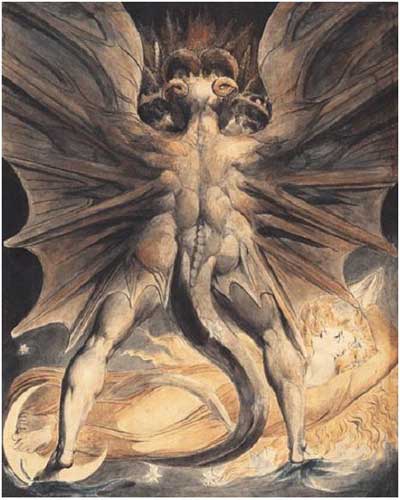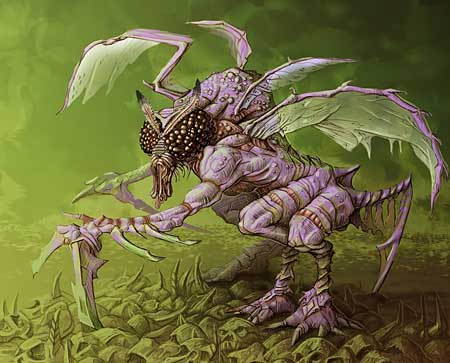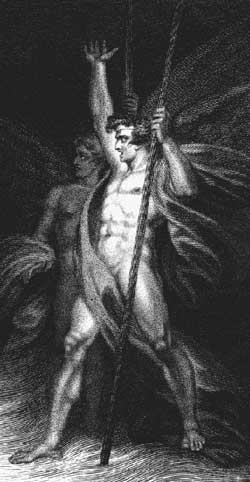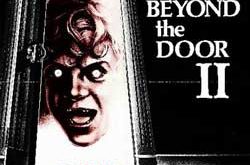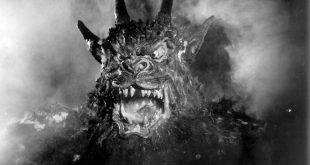Demon Profile: Beelzebub
Ah, Beelzebub, a name most feared and used quite often in film and literature. His stance of power is a claim to being one of the 7 princes of Hell. While his name translates into the “lord of flies” or the prince of demons, Beelzebub is often associated or presented as being Satan himself. Certainly the flies aspect has been played to, more than once within popular demonic based films such as Amityville Horror and other demon-centric films (aka Exorcist films)
It’d name is mentioned sometimes within text as Baalzebub which can be also broken down into the shorter name of “Baal”. Though to avoid confusion, Baal has also been referred to as a separate entity. This is most likely due to the breaking down of the name into “Baal Zebub” into 2 words. Those words translating the term “God of the dung”. So while their doesn’t seem to be a clear cut indication we can assume that the name has been driven thru variations over the years sometimes being referred incorrectly.
The dictionary indicates the following description”; a fallen angel in Milton’s Paradise Lost ranking next to Satan. Milton’s Paradise Lost is a work of fiction that was inspired by the war in heaven creating its own interpretation of this beast. This was famously eloborated in the poem “Dante’s Inferno” (part of the Divine Comedy)
Beelzebub has originated primarily with the Catholic religion, more specifically the Gospels of Matthew, Mark and Luke. His name can be found among the Scripture in passages such as:
“The scribes who had come from Jerusalem said, ‘He is possessed by Beelzebul,’ and ‘By the prince of demons he drives out demons.’ – Mk 3:22
“This man drives out demons only by the power of Beelzebul, the prince of demons.” – Mt 12:24
“Some of them said ‘By the power of Beelzebul, the prince of demons, he drives out demons.” – Lk 11:15
Beelzebub is also mentioned in regards to the name of the god of Ekron, which extends into more specific details.
In the testament of Solomon we learn that Beelzebub is among the fallen angels who invoke lust within priests, inspire murder, jealousy, while influencing the motivations behind war. In other readings, Beelzebub (the name) is associated with dwellings and mansions. The king of flies aspect is probably more appropriate and fitting. Beyond name association, it simply is an evil spirit that lives and thrives on darkness. One to be feared most definitely.
Beelzebub relishes in the fact of being among Hell’s higher echelon of demons. Confusion might arise in the fact that during several exorcisms his name has become blended among those of Lucifer himself. As stated many times…”I am Legion” would indicate that Beelzebub is among a number of evil denizens representing a single evil force. He has been called the chief lieutenant of Lucifer even leading a revolt against Satan himself. Most likely in the act of the power struggles we have become too familiar with that occurs in the underworld. To date, many recognize Beelzebub as being 1/3 of the evil trinity sharing power levels with Lucifer and Leviathan. With some calling this beast the “Chief of Hell”, you might wonder who really is calling the shots below and to what degree. For those who have been following more focused TV shows like “Supernatural”, we have also come to find each of these entities as characters within a much larger picture. Of course this is played in much more human-centric interpretation. for those into the more disgusting slothy interpretations, you only need to turn to the pages of the “Spawn” comic franchise.
Beelzebub has had its share of usage known as a source for confessed witches and as one of the demons of the “7 Deadly Sins”. More specifically it is known as embodying Gluttony or Pride. In history, this demon has been responsible for more noted occurrence such as that of Sister Madeleine de Demandolx de la Palud, Aix-en-Provence in 1611. Probably its single most associated occurrence was as the name used within the famed Salem Witch Trials.
Beelzebub is often illustrated as a gluttonous beast who at times wears the head of a fly and the body of a goat. Faust described him having large ears, a head like a bee, while sporting a head full of colored hair. In any case, I believe that perhaps Beelzebub has revealed itself in many dark forms increasing his popularity as a recurring focal point. Further deeper studies reveal many passages and scriptural readings that incorporate the use of this demons name.
Images are copyrighted by the respective artists. For purpose of illustrating this article.
Demon Profile: Beelzebub
 Horror News | HNN Official Site | Horror Movies,Trailers, Reviews
Horror News | HNN Official Site | Horror Movies,Trailers, Reviews

